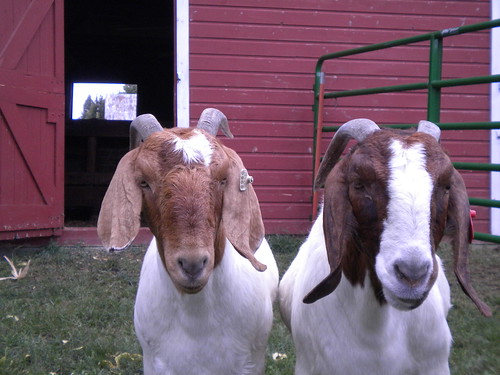February12
I was introduced to the idea of the Six Word Story during the digital storytelling topic in #ETMOOC. For those who do not know, there is a legend that Ernest Hemingway once composed a six word story in order to win a bet. His winning story: For sale: baby shoes, never used. Today, there is at least one website and a Twitter stream dedicated to the creation of this type of story. I tried my hand at posting a couple of my own six word stories on Google+ and Twitter. Interestingly, people commented with – what else?! – a six word story! I then found myself composing a reply with another six words to continue the conversation. And the conversation did continue… it was actually kind of fun and very creative.
That brings me to: can this be used in the elementary grades?
I don’t see young kids getting involved with the above linked website or Twitter stream as there is no filter or content restrictions; however, I do see the concept of the six word story being used to teach students what the key points of a story are. What words can be chosen to hook a reader and make him/her want to know more? It also can make students think about what elements will elicit emotion. Perhaps, the six word story could be a challenge to report/summarize something that they have learned or an event that has taken place. In six words, retell the chapter that you have read. In six words, give feedback about how you are doing with a task or skill.
Of course, this type of writing can be extremely low tech or even no tech at all. Six word stories just can be written on an index card or a sheet of paper. However, what I enjoyed most beyond the challenge of writing a six word story was sharing it with others and getting a response. Maybe, this is a great way to do some paper blogging? Writing one six word story on a sheet of paper and having students put post-its on it.
Getting back to the tech, I certainly can see students writing six word story blog posts, and as a part of the assignment, visiting each other’s posts and commenting. The comments could ask questions or make observations (in the six word style or not- depending on how challenging you want to make the activity). The post author could respond (in six words or not?) to continue the flow of the conversation. Perhaps, adding another six words to the story based on the audience’s inquiries or comments. Or, maybe, the comments would serve purely as peer writing feedback, and the post author would now write a more developed story in its entirety. The six words served as an outline or plan. Moreover, it could be a ploy: the words were a teaser to get the audience wanting to know the entire tale.
I could go on about how the six words could inspire photographs or drawings to be created and shared. Furthermore, the teacher could prompt students with an image and ask students to compose a six word story about it. The six word stories could be made into a slideshow with any number of software applications.
Six words do not seem like much. Yet, they can be very powerful, depending on how they are used.
Teacher prompts. Students think. Learning happens.




